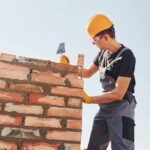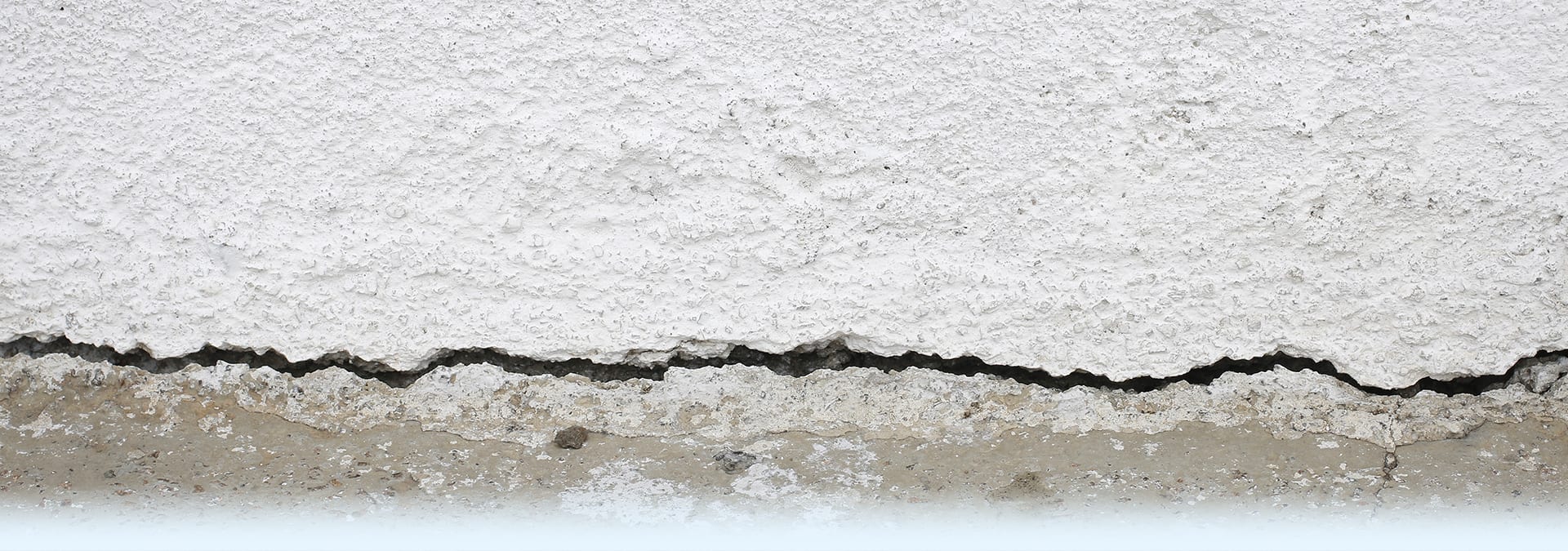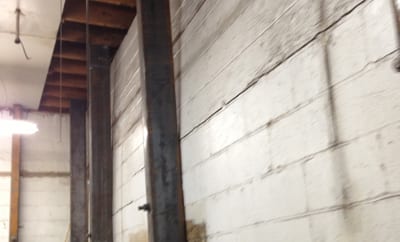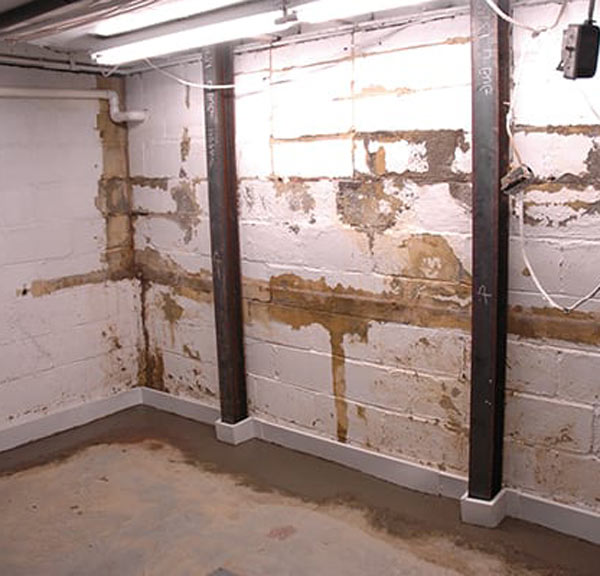
Summer is Pittsburgh’s Wettest Season
July 8, 2024
Brick Repointing and Chimney Repointing
September 9, 2024What Causes Bowing Basement Walls
And What to Do About It
When basement walls begin to bow, the safety of your home can be at risk. Bowing walls are more than just a bad look; they signal serious issues and possible structural damage for your home.
But you’re not alone. Bowing basement walls are a common problem faced by many Pennsylvania homeowners, especially in areas like Pittsburgh with strong freeze thaw cycles and fluctuating weather patterns. Understanding what causes walls to bow and knowing how to address the issue is essential for maintaining the long-term health of your home.
At D-Bug Waterproofing, we specialize in identifying and fixing foundation problems, including bowing walls. Whether you’ve just noticed a small crack or your walls have started to lean inward, our team is here to provide the proven solutions you need to keep your home safe and sound.
Primary Causes of Bowing Basement Walls
Bowing basement walls are a clear indicator that something is not right with your home’s foundation. Here are three of the main problems we see most often.
Hydrostatic Pressure
Hydrostatic pressure is one of the most common causes of bowing basement walls. This pressure occurs when the soil around your foundation becomes saturated with water. As the water content in the soil increases, the soil expands and exerts tremendous pressure on your basement walls. Over time, this constant pressure can cause the walls to bow inward, leading to cracks and other structural issues.
Frost Heave
Frost heave is another significant cause of bowing walls, especially during Pittsburgh’s bitter winters. When the weather turns cold, the ground freezes and the moisture within the soil expands. As the soil expands, it pushes against the foundation walls, causing them to bow or crack. When the ground thaws, the soil contracts, but the damage to the walls remains.
Unfortunately, this freeze-thaw cycle adds new damage every year, as repeated expansion and contraction weaken the structural integrity of the walls.
Poor Drainage and Soil Conditions
Poor drainage around the foundation can contribute to bowing basement walls. Certain types of soil, such as clay, are more likely to retain water and expand when wet.
In areas with poor drainage, hydrostatic pressure is even worse. If water is not properly directed away from your home, it can accumulate around the foundation, intensifying the pressure on the walls. This is why effective drainage systems, such as gutters, downspouts, French drains and proper grading can help maintain a healthy foundation.
Understanding the causes of bowing basement walls is the first step in protecting your home’s foundation.
Warning Signs and Risks of Bowed Basement Walls
One of the first signs of bowing walls is the appearance of cracks in the walls, particularly horizontal or stair-step cracks. Horizontal cracks are often a sign that the wall is being pushed inward by external pressure, while stair-step cracks, which follow the mortar joints in block walls, can also indicate movement. If you notice these types of cracks, it’s important to monitor their progression and consult a professional to assess their severity.
In addition to visible cracks, inward leaning blocks or wall sections are another significant warning sign. This inward movement is often accompanied by other signs of distress, such as doors and windows that are difficult to open or close, or floors that have begun to slope.
Water seepage is another common warning sign. As the walls bow and cracks form, water from the surrounding soil can infiltrate your basement, leading to dampness, mold, and mildew. This moisture is not only a sign of pressure against your foundation, it creates an unhealthy environment by inviting mold and mildew.
Ignoring the warning signs of bowed basement walls can lead to wall collapse over time. This can make your home more difficult to sell and is more expensive to correct. Fixing a problem early is always your best option.
How to Fix Bowing Basement Walls
The good news is that D-Bug Waterproofing can offer several effective solutions to stabilize and repair bowed walls. Two of the most common and reliable methods are the installation of steel I-beams and wall anchors.
Steel I-Beams
Steel I-beams are a popular solution for stabilizing bowing basement walls. These beams are installed vertically against the wall, providing immediate support and preventing further inward movement. The installation process typically involves securing the top of the beam to the floor joists above and anchoring the bottom into the concrete floor below. This method is highly effective in halting the progression of bowing and can even be adjusted over time to help straighten the wall. Steel I-beams are particularly suitable for walls that have already experienced significant inward movement and need a strong, permanent solution.
Wall Anchors
Another effective solution for bowing basement walls is the use of wall anchors. Wall anchors work by counteracting the external pressure that is causing the walls to bow. The system involves placing steel plates on the inside of the basement wall and connecting them to anchor rods that extend into the stable soil outside the foundation. These rods are then tightened, pulling the wall back toward its original position and stabilizing it against further movement. Wall anchors are especially beneficial for walls that are bowing due to soil pressure, and they offer the advantage of being adjustable over time, allowing for gradual correction of the wall’s position.
Importance of Professional Assessment
While both steel I-beams and wall anchors are effective solutions, it’s important to have a professional assessment to determine the best approach for your specific situation. Every home and foundation is unique, and the appropriate solution will depend on factors such as the extent of the bowing, the type of soil around your home, and the overall condition of your foundation.
D-Bug Waterproofing’s team of experts can provide a thorough inspection of your basement walls and recommend the best repair method to ensure the long-term stability of your foundation.
The Waterproofing Services You Need are Only a Call Away
Whether you have bowing or cracked walls, or you’ve found a leak in your basement, give D-Bug Waterproofing a call at 855-381-1528.
We’ve been serving the Western Pennsylvania area since 1980. Our approach to any project is built on a deep understanding of the region’s unique challenges, including its hillsides, rain, and winter freeze-thaw cycles. And D-Bug Waterproofing crews do all the work themselves. We don’t call on extra contractors that you don’t know and don’t have a relationship with. All the construction, electrical, plumbing, and finishing is done by our own employees!
What sets D-Bug apart is our approach to treating customers like family and each house as a home. Finally, we are not a franchise but a locally owned family business, offering a more personalized service and a long-term commitment to the communities we serve.
For more information, call D-Bug Waterproofing at 855-381-1528 or contact us today.






